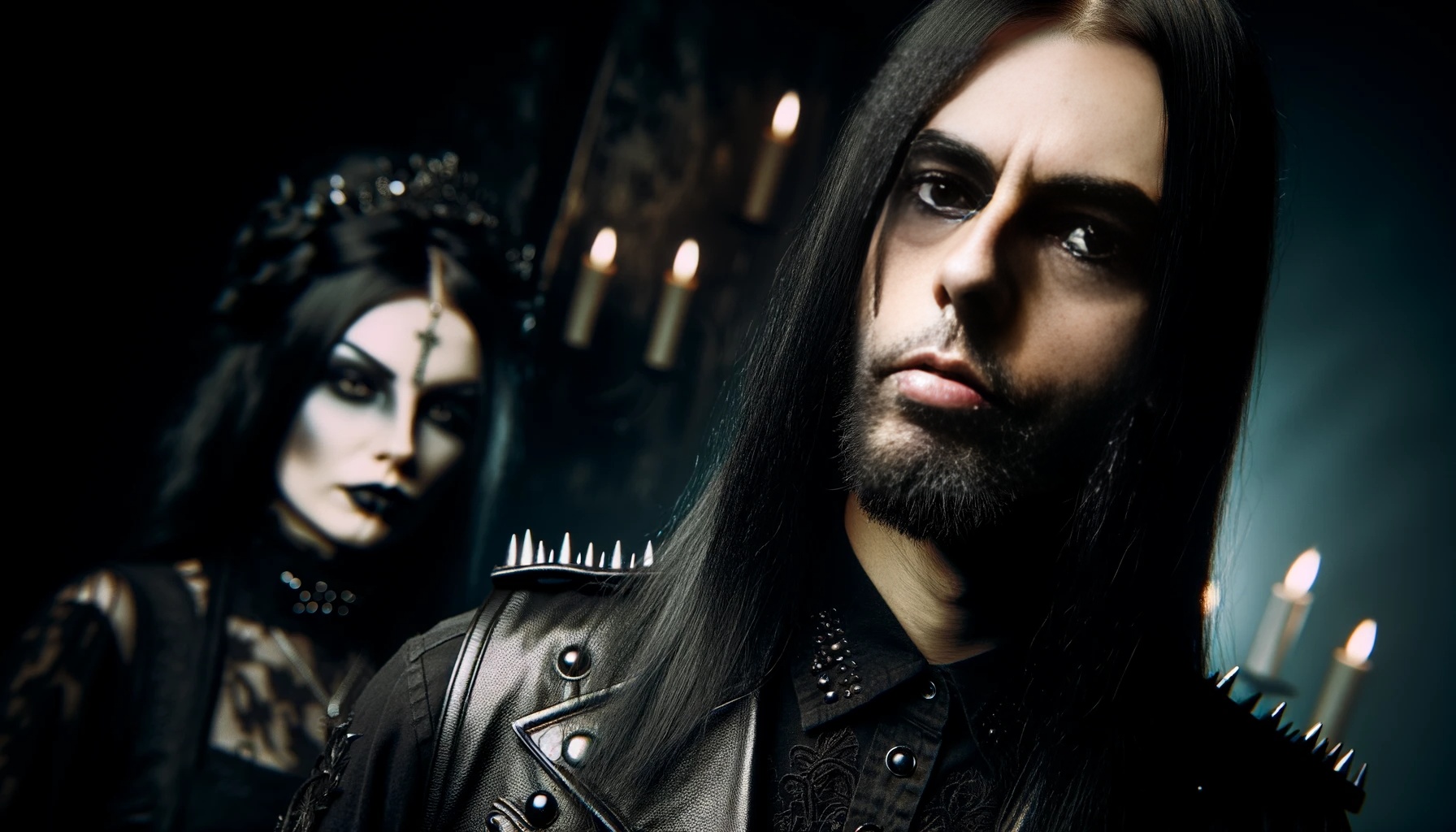Tattoos have long been a profound form of personal expression and cultural identity, particularly in the metal community. Within the swirling mosh pits and beneath the aggressive soundscapes, tattoos serve as a visual extension of the music’s intensity, complexity, and depth. They are not just body art; they are badges of honor, each piece telling a story of musical pilgrimage, personal battles, and communal belonging.

Historical Roots: The Ancient Art of Tattooing
Tattooing is an ancient practice, dating back thousands of years. Originally, tattoos were used in tribal cultures for rites of passage, status symbols, and protective wards. As the centuries rolled on, the art of tattooing spread globally, with each culture adding its own distinct flavors and significances. In the Western world, tattoos found a particular resonance within the rebellious subcultures of the 20th century, notably among sailors, bikers, and outcasts—groups that laid the foundational ethos for the metal community’s embracement of tattoos.

The Metal Connection: From Outcasts to Icons
Tattoos in the Metal Subculture: The metal scene exploded in the 1970s and 1980s, with bands like Black Sabbath, Iron Maiden, and Metallica leading the charge. Tattoos in the metal scene often started as symbols of fandom, with enthusiasts inking band logos, album art, and iconic imagery to show their allegiance. As metal evolved, so did the tattoos, morphing into complex pieces that represented not just a love for the bands, but a deeper connection to the music’s themes of strength, defiance, and existential angst.

Symbolism in Metal Tattoos: Delving Deeper
Band Logos and Album Art
For many in the metal community, tattoos of band logos and album covers are more than just fan art; they are a declaration of identity. These tattoos often serve as a bridge between the fan and the music, creating a permanent homage to the bands that have shaped their lives.
Gothic and Dark Imagery
Reflecting the often dark and gothic aesthetic of metal music, many tattoos in the subculture feature skulls, demons, and fantastical creatures. These images can be seen as representations of the darker side of humanity, exploring themes like mortality, chaos, and the fight between good and evil—central themes in many metal genres.
Personal and Philosophical Symbols
Metalheads also choose tattoos that reflect personal stories or philosophical beliefs. Common are symbols like the Norse runes, which resonate with fans of Viking metal, or pagan and occult symbols reflecting the mystique and introspection found in doom and black metal. Each tattoo is a piece of the wearer’s personal philosophy, often intertwined with the nihilistic and existential themes that metal music explores.

Community and Identity: The Collective Skin
In the metal community, tattoos often transcend individual expression and contribute to a sense of collective identity. At concerts, festivals, and gatherings, these tattoos can act as an unspoken language, allowing wearers to recognize each other and connect over shared passions. For many, the experience of getting tattooed is tied to key moments in their lives, often related to their journey through the metal world.

Challenges and Controversies: The Stigma of Ink
Despite their popularity and deep personal significance, tattoos can still carry a stigma. In the mainstream view, they are sometimes associated with deviance or non-conformity. For metalheads, this stigma is often a double edge, as both their musical tastes and their choice of body art set them apart from societal norms. However, this outsider status is often embraced within the community, reinforcing the us-versus-them mentality that strengthens their bonds.

Conclusion: The Living Canvas of Metal
Tattoos in the metal subculture are much more than mere decoration; they are a complex interplay of artistry, personal identity, and communal allegiance. They tell stories of musical devotion, personal transformation, and an unyielding spirit of rebellion. As the metal scene continues to evolve, so too will the art of the tattoo, ever more vividly illustrating the undying spirit of this powerful musical form.

For metalheads, every tattoo is a verse in the ongoing epic of their lives, each one a symbol of where they have been and where they are going, inextricably linked by the thunderous beats and shredding guitars of the music they love.
Visit our home page or go follow me on social media.




